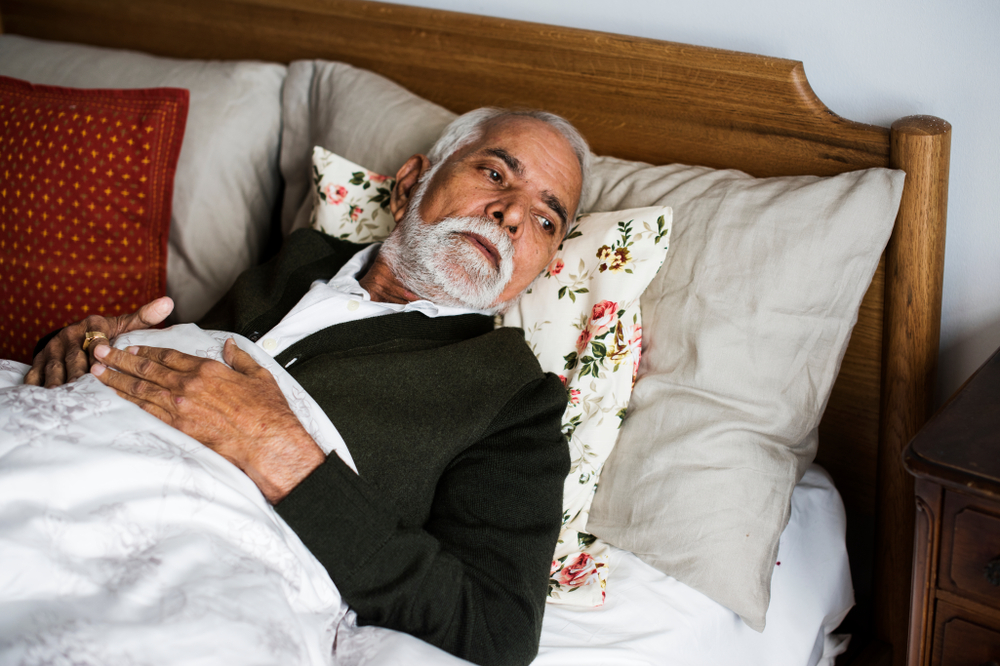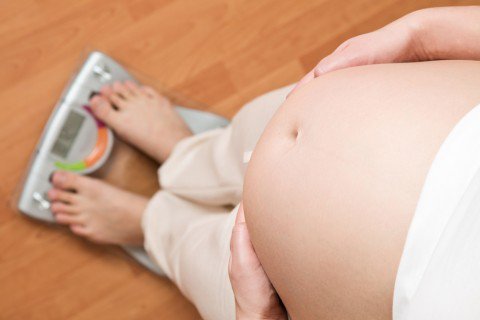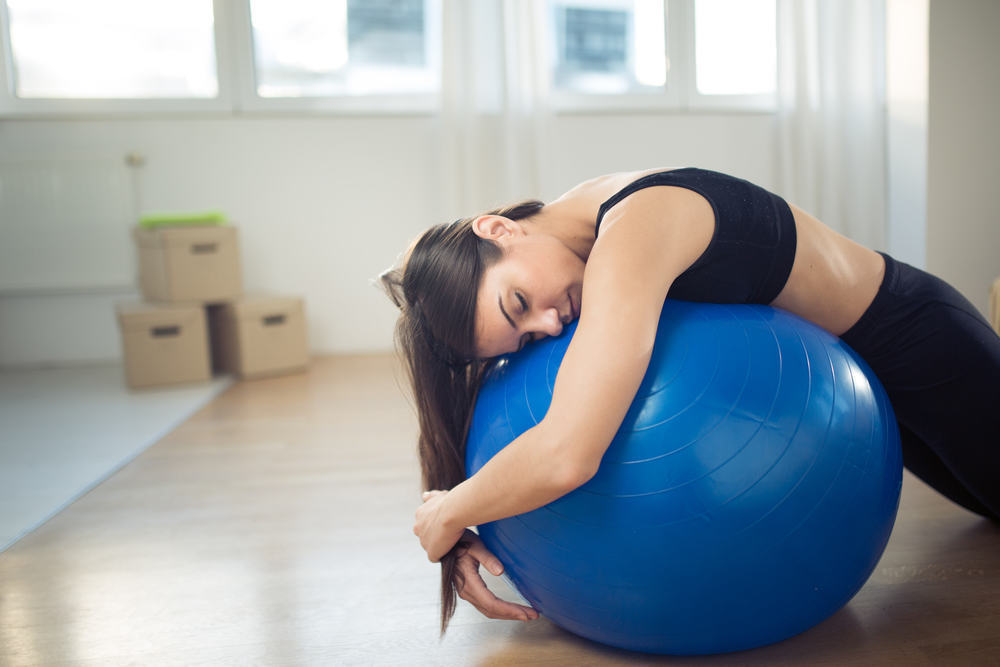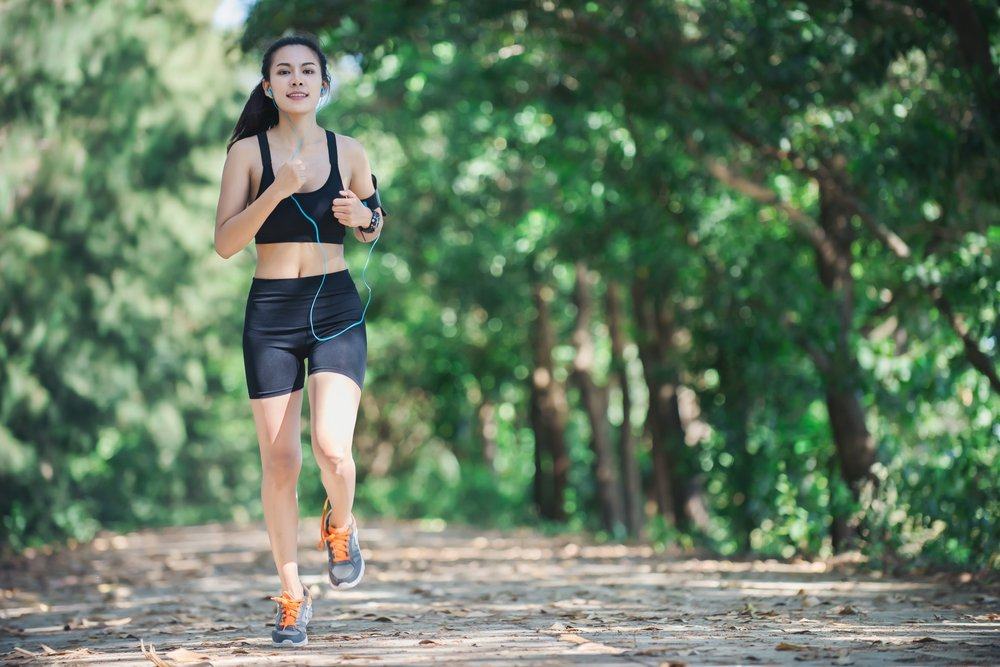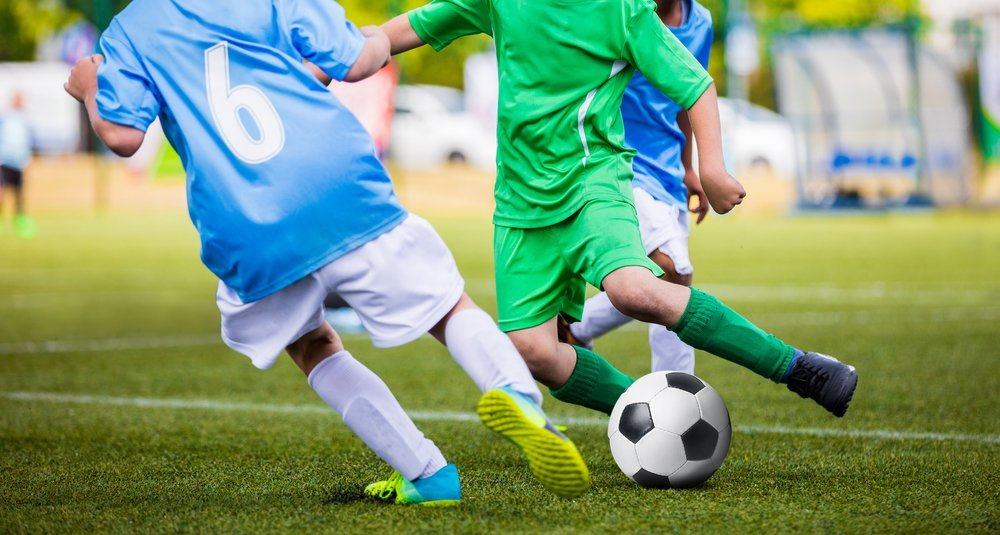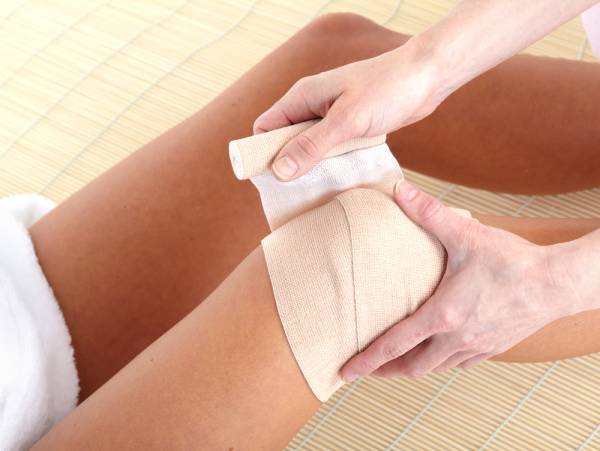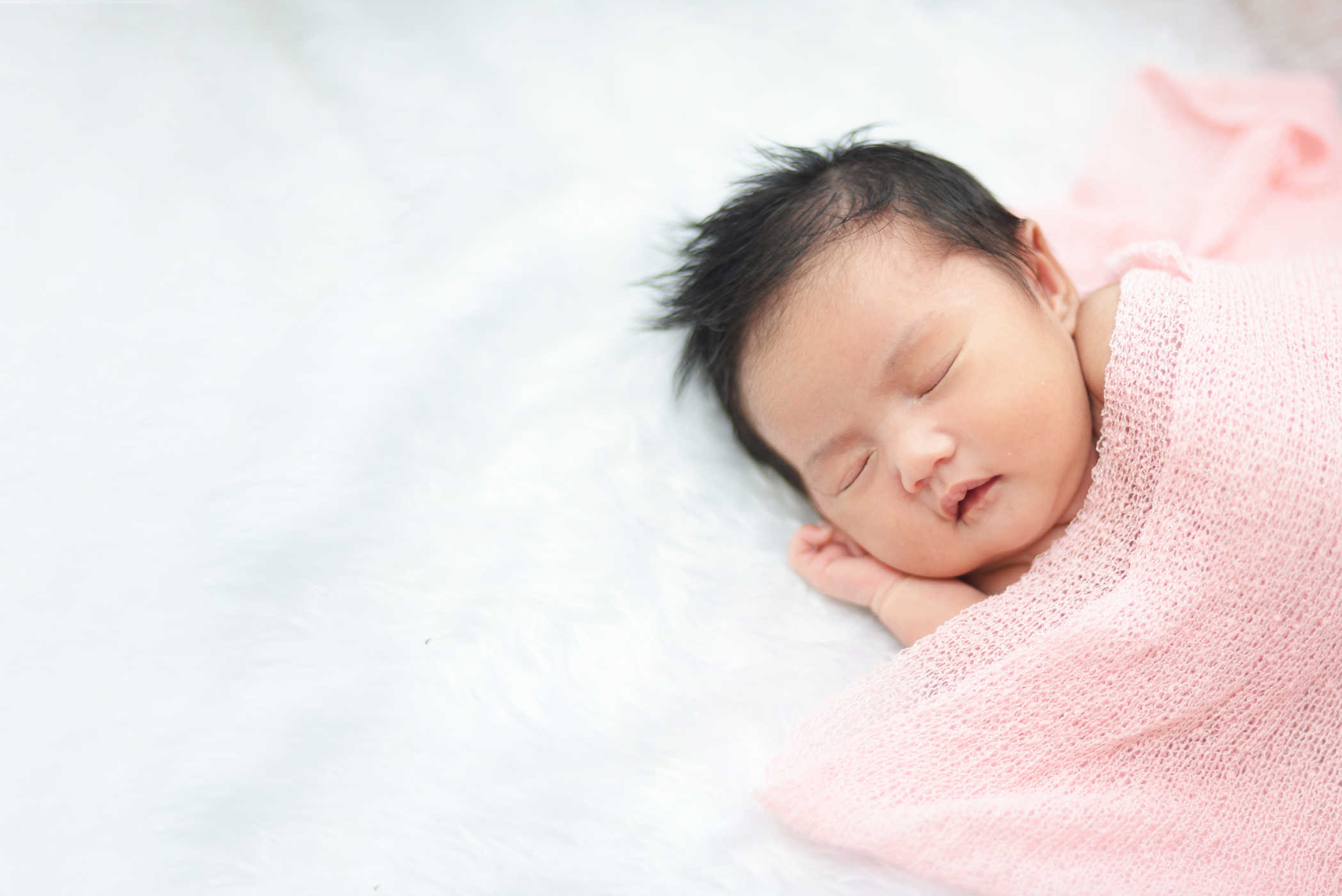Contents:
- Medical Video: Cheyne Stokes Respiration The Basics and Treatment Overview of the Central Apneas Simplified
- Normal breathing pattern for adults
- Respiration Cheyne-Stokes, the cause of irregular breathing during sleep
- Symptoms of the respiration of Cheyne-Stokes
- The cause of irregular breath is typical of Cheyne-Stokes' respiration
- How to diagnose irregular breath due to Cheyne-Stokes?
- Treatment options for cheyne-stokes respiration
Medical Video: Cheyne Stokes Respiration The Basics and Treatment Overview of the Central Apneas Simplified
Adults and teens generally breathe about 16-20 times per minute while being silent. You will breathe more often when on the move, even just walking in the house to get a drink. If summed up roughly, you can breathe up to 17,000-30,000 times a day— or more. Our breathing patterns are generally regular, although you can also pant after exercising. But if your breathing is always irregular, even when you're lying down and doing nothing, you should be vigilant. Irregular breathing at any time can be a sign of a condition called the Cheyne-Stokes respiration.
Normal breathing pattern for adults
Before understanding what Cheyne-Stokes respiration is, you need to first understand what normal breathing patterns are for an average adult.
In normal breathing, you will draw and breathe for about two seconds. During inhalation, there will be a pause (period of no breathing) for about 2 seconds which then ends with exhaling for 2 seconds. The normal frequency of breathing is 16-20 times per minute.
In addition, normal breathing should be:
- Slow, regular, only in and out through the nose
- Breathing through the diaphragm (chest breathing)
- Invisible (no physical effort to breathe)
- Not heard
- Not panting
- There is no sigh
- There is no sigh
- Don't take a deep breath
Respiration Cheyne-Stokes, the cause of irregular breathing during sleep
Respiration Cheyne-Stokes is an irregular breathing condition with repeated fluctuating patterns. At one time, breathing can be very deep and fast (hyperventilation) which is then followed by very shallow and slow breathing - it can even stop completely for a few moments, a sign of apnea.
This is a comparison of the normal breathing pattern with the respiration of Cheyne-Stokes:

This pattern will continue to recur, with each breath cycle usually requiring 30 seconds to 2 minutes and interspersed with apnea phases for 10-30 seconds between cycles. Cheyne-Stokes respiration usually takes place during sleep.
Symptoms of the respiration of Cheyne-Stokes
Irregular breathing during sleep due to Cheyne-Stokes respiration is characterized by:
- Shortness of breath or shortness of breath when lying down.
- Severe shortness of breath accompanied by coughing at night, which disturbs sleep.
- Excessive sleepiness during the day due to disturbed night's sleep.
The cause of irregular breath is typical of Cheyne-Stokes' respiration
Experts state that the irregular breathing pattern typical of respiratory Cheyne-Stokes can occur as a way of the body to overcome various problems or damage that occurs in the body itself. Momentary respiratory arrest that occurs after a very deep breath is thought to increase oxygen and reduce carbon dioxide levels.
Cheyne-Stokes Respiration can be caused by a variety of things, including:
- Dying process. Irregular breathing is often a typical sign of dying, regardless of the cause of death. This condition is the way the body responds to any physical changes that occur in the last seconds of life. This process can feel very painful and tiring.
- Congestive heart failure, occurs when the heart muscle weakens so that it is difficult to pump blood throughout the body, including the lungs to breathe normally.
- Carbon monoxide poisoning
- Hyponatremia (low sodium levels in the blood)
- Sleep in high altitude
- As a result of blows on certain body parts
- Brain injury
- Brain tumor
- Intracranial pressure
- Kidney failure
- Drug overdose
How to diagnose irregular breath due to Cheyne-Stokes?
Irregular breathing due to Cheyne-Stokes respiration is quite difficult to diagnose based solely on symptoms and initial physical examination. So, your doctor will usually advise you to undergo polysomnography to record your heart rate, breathing rate, brain waves, blood oxygen levels, eye movements, and other movements during sleep.
Treatment options for cheyne-stokes respiration
Treatment for respiration Cheyne-Stokes will be designed based on the results of the diagnosis and the cause. Therapy can include a treatment regimen for heart failure (prescription drugs, the use of a pacemaker, to heart valve surgery), the use of oxygen masks during sleep, until the installation of CPAP to sleep.
Research shows that 43 percent of people who have irregular breathing due to Cheyne-Stokes' respiration experience a reduction in symptoms after using CPAP.

